From the outside, Herman Lang's scrapbook looks like any other nondescript, old book. He created it a little over a century ago as a record of one his hobbies. However, this is no ordinary scrapbook. Inside, it contains a story of adventure, suspected espionage, and balloons.
Yes, balloons.
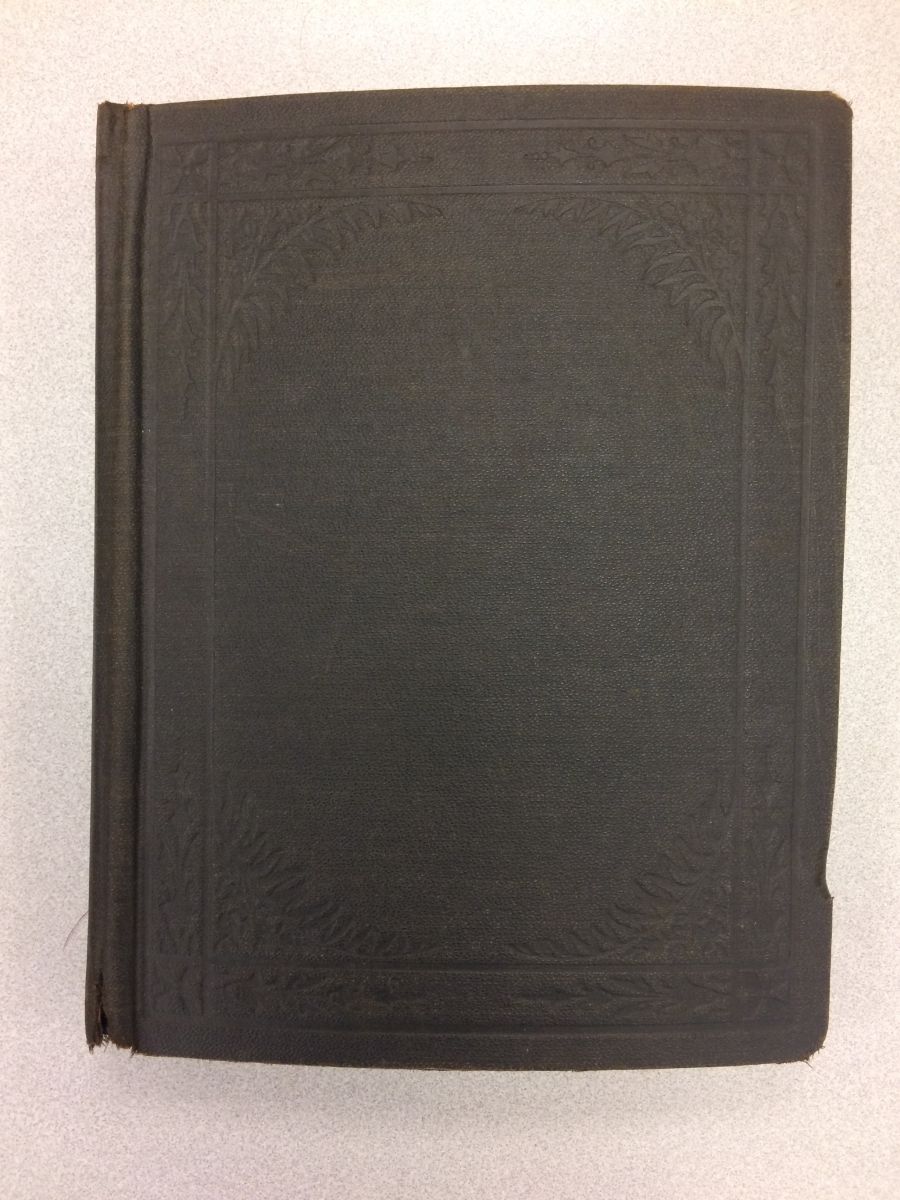
Piloting hot air balloons had become a popular hobby by the beginning of the 20th century, leading to the creation of "aero clubs" in many of the larger cities in Europe and North America. Kansas City was no exception. Founded in 1909, the Kansas City Aero Club was one of the more active ballooning groups in the country at the time. It routinely organized competitions and publicized the sport. In 1912, Herman Lang, a member of the club, was asked to serve as the aide to H. E. Honeywell in Honeywell's balloon, Uncle Sam, at the Gordon Bennett International Balloon Race in Stuttgart, Germany. Lang would use his scrapbook to chronicle the journey, inserting photographs, postcards, maps, documents, correspondence, newspaper clippings, and ephemera collected along the way.
The race began October 27, 1912. The rules were simple: The balloon traveling the farthest from the launch point in Stuttgart would win. Up to three balloons per country could enter, each staffed by a pilot and an aide. Twenty balloons competed that year, representing the U.S., Belgium, Denmark, Germany, England, France, Italy, Austria, and Switzerland.
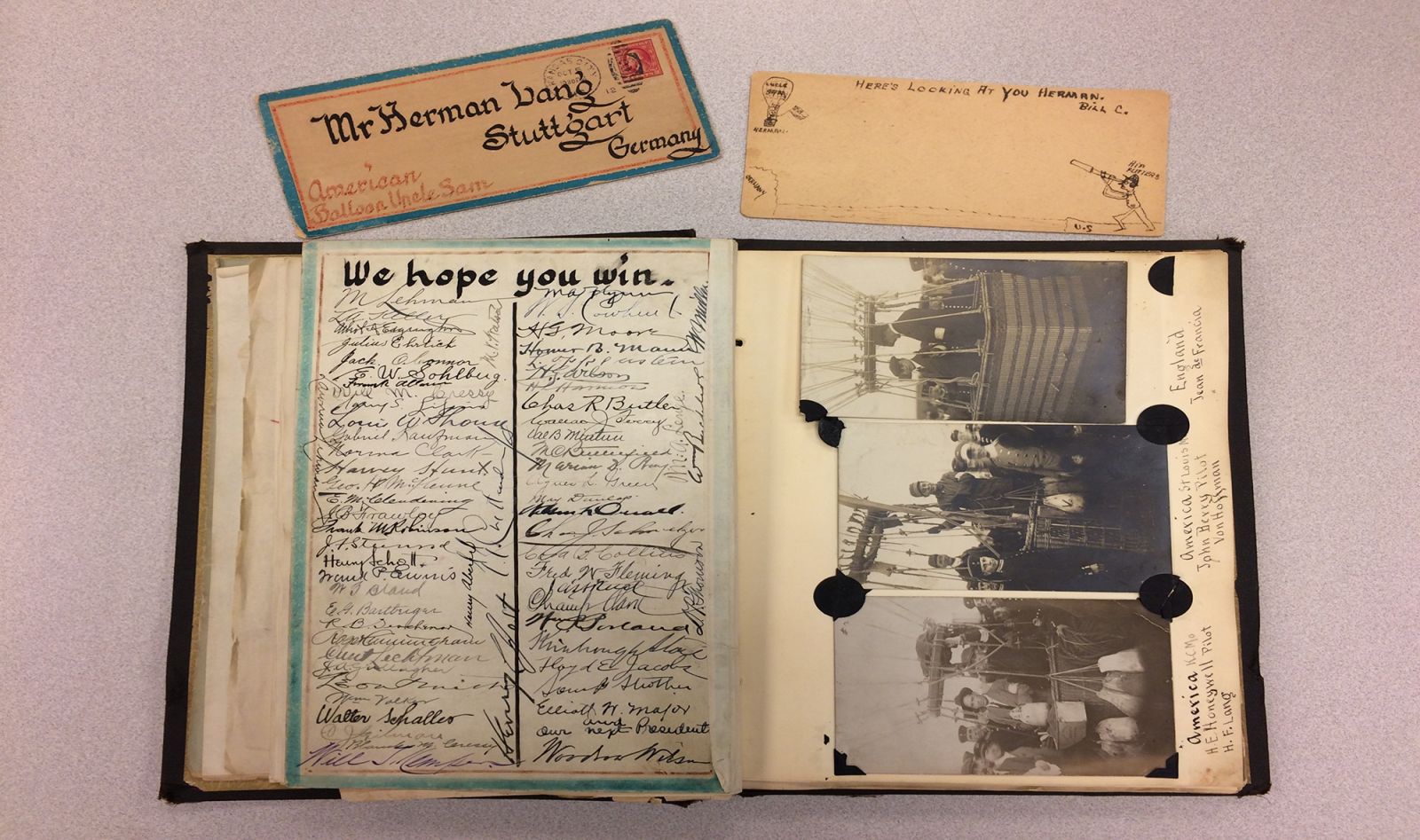
Uncle Sam was the last balloon to launch from the Stuttgart field. According to Lang, "It is considered the later you get up in the race the luckier you are… It was a beautiful sight to see, some in this direction, some in that, seeking for air currents they hoped to find, that would carry them in the desired direction."
Lang and Honeywell floated along easily for the next couple of days. They regularly called out to people on the ground to track where they were, enjoyed the lovely scenery, and signaled to other balloons with search lights at night. However, after 38 hours and 10 minutes in the air and covering 1116 miles, Uncle Sam crashed landed onto a group of trees in Russia.
The landing was the result of a storm. Wind and rain covered the balloon in ice until it could no longer stay aloft. Lang and Honeywell attempted to communicate with the locals who gathered at the crash site, but they could not speak Russian and none of the Russians spoke English or German. So they relied on sign language and drew pictures to get their point across. One of the locals walked them to the nearest train station, which was run by the Russian military.
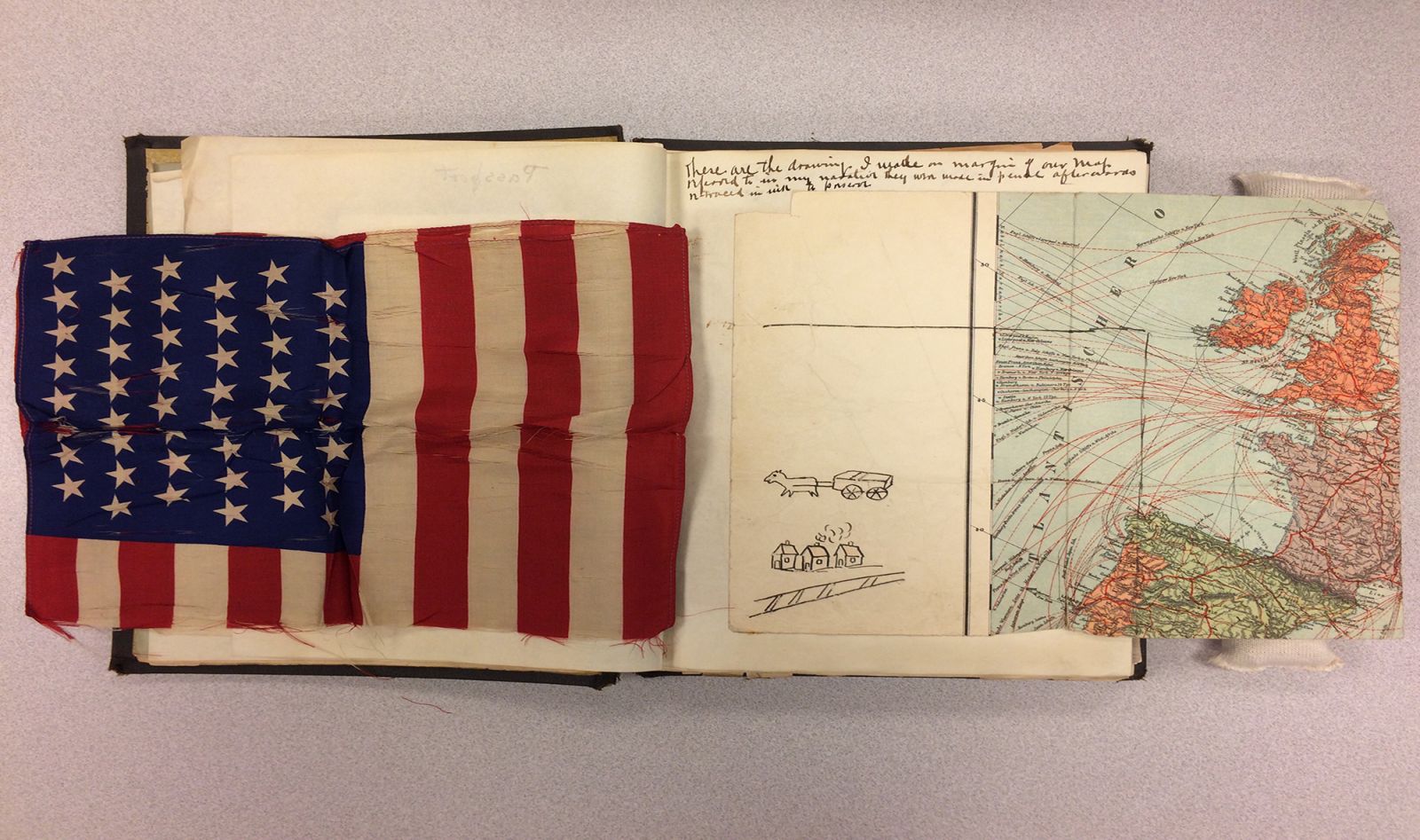
Their luck changed a bit at the station. The woman who ran the café there happened to speak English and was more than happy to translate for them. Lang and Honeywell presented their passports for examination and went back to pack up the balloon to be shipped back to Germany.
The Uncle Sam crew was allowed to board a train heading west out of the country later that day. That is, until a few hours later, when they were awakened, arrested by the Russian military, and placed on another train heading east. Upon arriving at the next station, they were questioned and searched. Officers found and confiscated Honeywell's Kodak camera and Lang's revolver and, suspecting they were spies, detained them until their passports could be cleared by the office in St. Petersburg. Finally, on November 1, 1912, after spending three nights in various train stations, Lang and Honeywell received word that they were free to go. They took a train to the Russian border, crossed into Germany, made their way to Berlin, and sent telegrams home announcing they were safe.
Uncle Sam took third place in the Gordon Bennett Race, and the crew received a warm welcome when they returned to the U.S. Lang became something of a celebrity, often speaking in front of large groups around the country about his adventures. And then, of course, he also recorded them in his scrapbook.
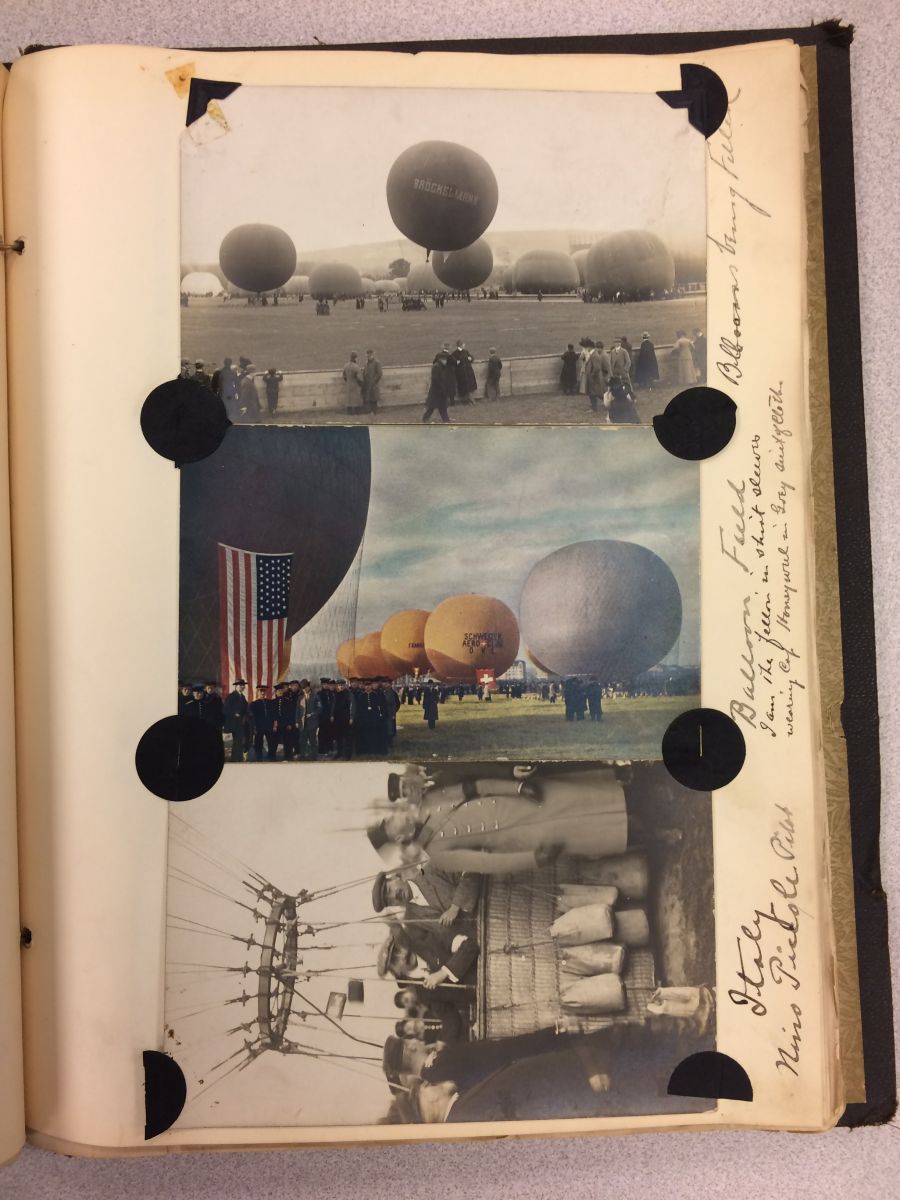
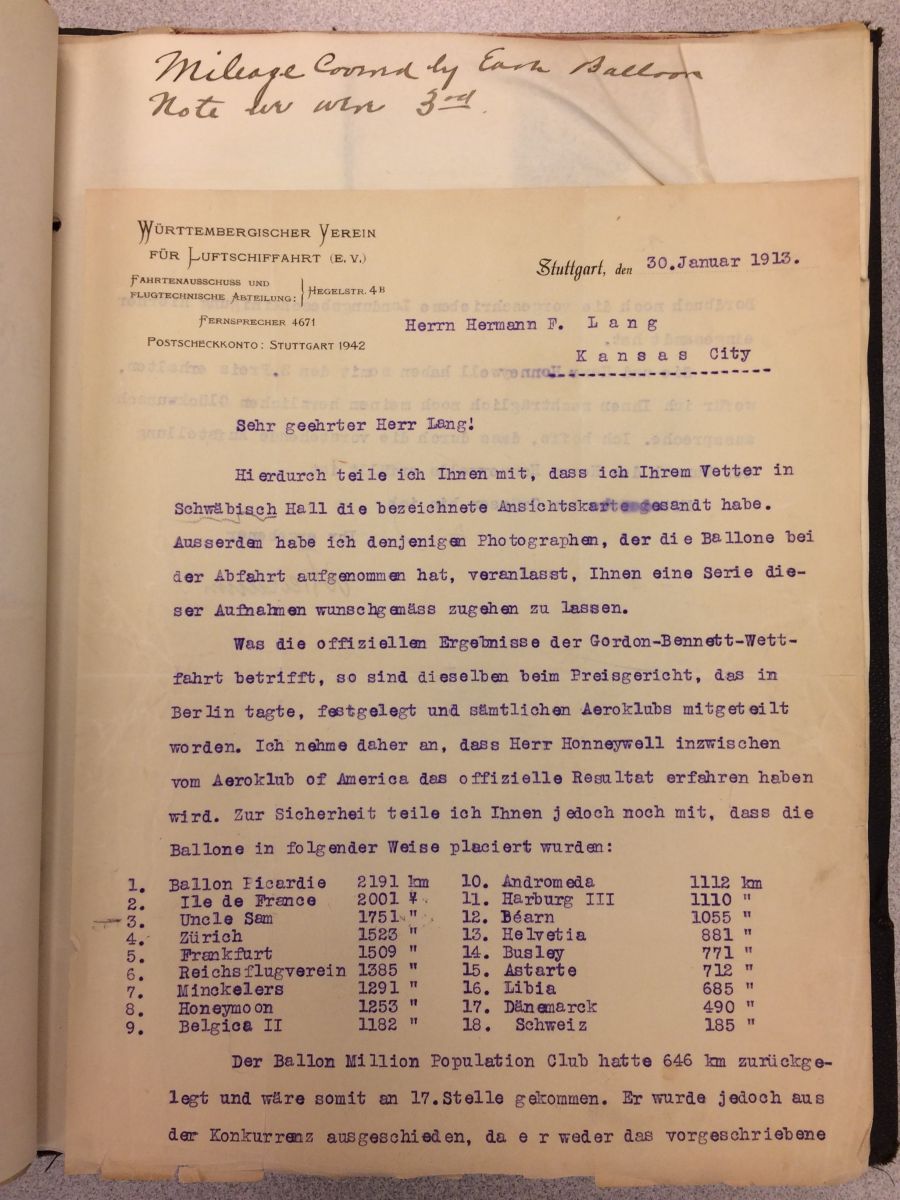
The Herman Lang Scrapbook was donated to Missouri Valley Special Collections in May 2016 by a grandson of Herman Lang. It is extremely fragile and is currently available by appointment only. Please contact lhistory@kclibrary.org or 816.701.3427 for more information.
